Of all cardiovascular deaths in the working age population, 10%-20% are work-related; as are 25% of 1.7 million lung cancer diagnoses and 11% of depressions. Employers and regulators could have prevented many of these deaths and illnesses through workplace safety interventions and employee protection laws. In this quick-read overview of years of in-depth research, the World Health Organization explores the health risks of various types of work. The report also offers practical suggestions for improvements to the workplace that can help combat a wide range of infectious and noncommunicable diseases.
The workplace poses significant health risks to employees – but it doesn’t have to be that way.
A large percentage of the global population experiences adverse health impacts from their workplaces. Agriculture, manufacturing, construction and mining industries are particularly high-risk for workers. Office workers may be at increased risk of musculoskeletal disease and stress-related illnesses. Thankfully, successful workplace interventions do exist across industries. Physical fitness and stress-reduction programs can help in office environments, for example, and eliminating toxic chemicals can reduce the health risks in mining and agriculture processes.
Diseases with a significant occupational risk include: 1) infectious and parasitic diseases, 2) noncommunicable diseases, 3) noncommunicable diseases that can be exacerbated by working conditions, 4) unintentional injuries, and 5) intentional injuries.
Improved hygiene and sanitation measures can help combat the infectious and parasitic diseases that kill millions of people every year.
Infectious and parasitic diseases affect more than a billion people each year. In some circumstances...










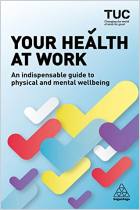
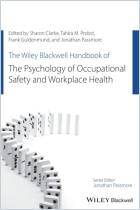
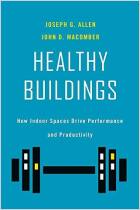
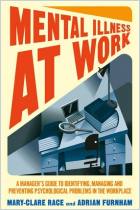
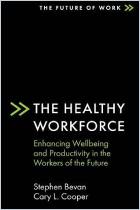
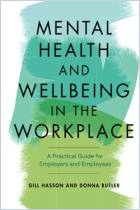



Comment on this summary or Diskussion beginnen